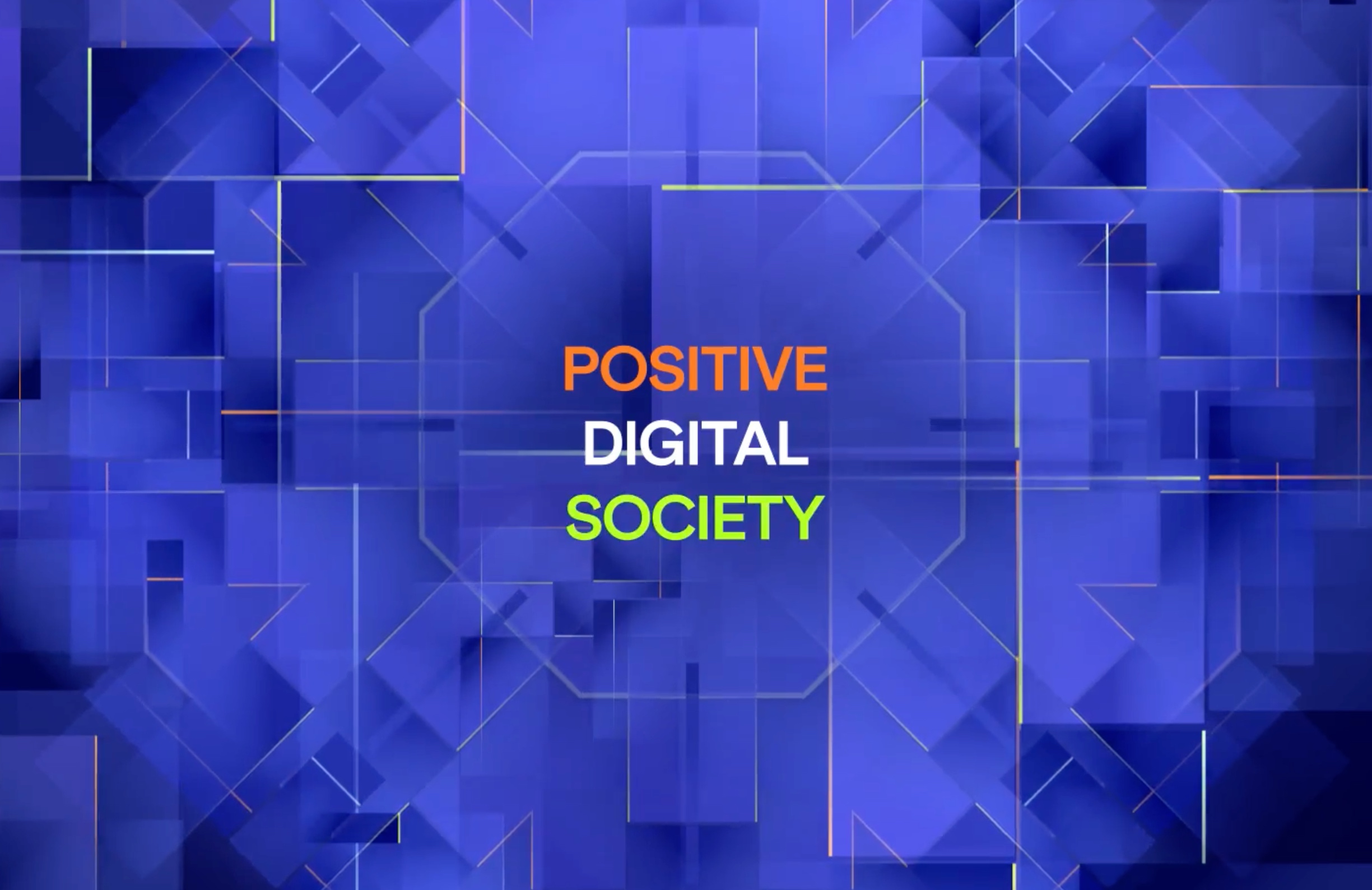Digitization is taking place all over the world and this naturally will take different forms from nation to nation. The long-term goal for governments should be a digital ecosystem that works for, and is in service to, people and communities and fosters inclusion, trust, and safety.
However, a key issue remains: governments are not working in harmony to develop and sustain a strong, reliable, and inclusive digital foundation that functions across departments and ministries, with individuals and communities at the center. Effectively, they are siloing their efforts, not taking advantage of the endless opportunities presented by digital. While digitization is not a guaranteed boost to populations and economies, it will be if done right. Digital public infrastructure (DPI) provides the underlying digital foundation that ensures individuals, communities, and markets all benefit, when four essential components are carefully considered, agreed upon, and actioned.

The components
Laws, Policies and Regulations
DPI cannot be designed and implemented overnight. It takes a diverse range of individuals and institutions to come together and decide what is the best way to structure their new infrastructure around the individuals and communities they represent. This means ensuring that the letter of the law is guaranteeing individuals with important safeguards, competent data governance, personal consent regarding the use of their data, and the necessary grievance redressal mechanisms.
Technology Architecture
Having the correct architecture allows DPI to work in harmony across an entire ecosystem. This is the bread-and-butter of DPI, making sure that the technology being implemented works correctly and is able to guarantee inclusion for all. This means that governments should be considering the best models for their communities and identifying what works best in the context of their countries. For example, proprietary vs. open source models, or a building block approach.
Oversight and Accountability
Once DPI has been implemented, it must be sustained. This means not sleeping on the clock and ensuring that there is concrete data governance in place, with independent bodies and adjudicators able to hold governments to account. This also must involve the secure and transparent sharing of data, ensuring that individuals and communities maintain trust in DPI. Importantly, oversight and accountability cannot just be tacked on to the end of a law – such safeguards must be developed alongside policies, laws, and technology and be well-resourced and independent.
Participation and Agency
DPI will fall far short of its potential if it does not include everyone, everywhere. The benefits and opportunities of DPI should reach every individual and community, and should actively combat any in-built or resultant exclusion or marginalization. Governments and policymakers must work closely with important bodies such as civil society groups throughout the DPI process, in order to fully achieve the necessary participation and agency.

Going forward
Digital public infrastructure has the potential to boost markets, innovation, and inclusion for everyone, everywhere.
However, if done wrong, DPI can cause serious damage to institutions and erode individuals’ trust. No one yet knows all the answers but we need governments, policymakers, and the global community to start viewing digital transformation under one umbrella, coordinate with each other, and reap the benefits of economies of scale.
DPI is not the end goal, but rather a means to an end which can tackle countless systemic and pressing issues, at the same time. DPI has the potential to transform lives and communities. It just needs to be done right.





